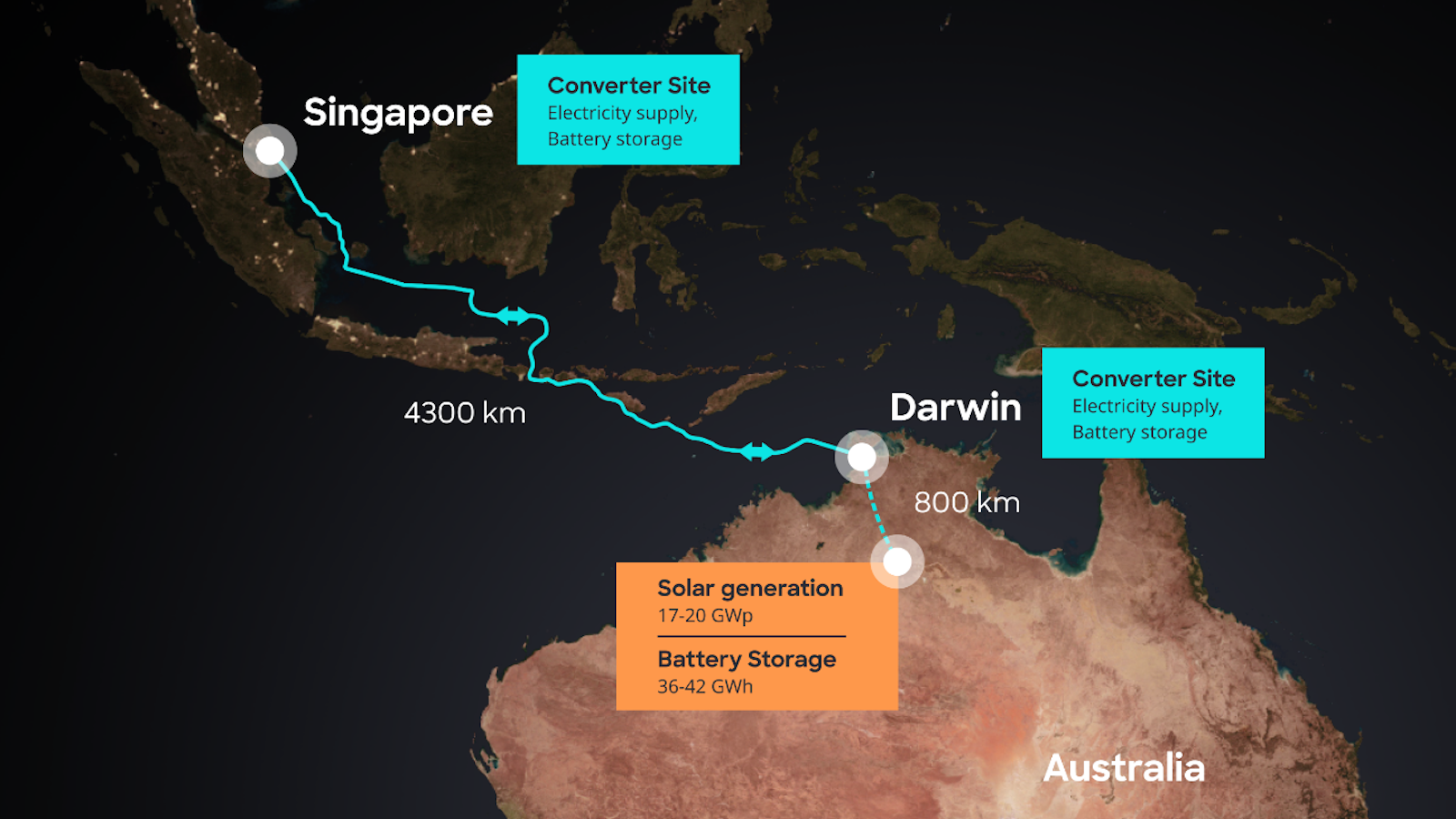Bruce Usher: How China Will Save the Planet

This post was contributed by Bruce Usher, a professor at Columbia University Business School and the former CEO of EcoSecurities Group plc. From 2002 to 2009, Professor Usher built EcoSecurities into the world’s largest public carbon credit company.
In 2007, China became the leading emitter of CO2, thereby passing the United States as the world’s biggest contributor of greenhouse gases to our atmosphere. China’s rapidly growing economy, which is primarily fueled by coal-fired electricity, is now responsible for almost one-quarter of all CO2 emissions globally, and is forecast to increase to one-half the world’s emissions by 2050. When it comes to the problem of climate change, it’s not unreasonable to conclude that China is the problem.
But China might also be the solution. There are two ways to reduce emissions of greenhouse gases; the top-down approach is to negotiate a global cap that reduces over time and forces countries to cut emissions. The bottom-up approach is to find cheaper alternatives to products that emit greenhouse gases, and let the market guide consumers to switch to less polluting alternatives. The bottom up approach is obviously very appealing – no need to get 195 governments to agree on a global emissions cap – but today there are no cheaper alternatives available that allow for the wide-spread replacement of coal fired electricity. Which is where China comes back into the picture.
Solar energy is an abundant resource that is a potential replacement for coal fired electricity. The only catch is that it is expensive—the cheapest solar pv is about $0.15 per kwh, or some three times the cost of electricity from coal-fired utilities. But, the price of solar panels has plunged nearly 50% in the past year alone, driven by aggressive manufacturing in China, and is predicted to continue to fall in the years ahead.
It’s a virtuous circle—as the cost of solar pv falls, it becomes competitive in the world’s sunniest and most expensive countries for electricity (think Mexico), which increases manufacturing volumes, thereby leading to lower prices in the next tier of sunny countries, and so on, until one day solar pv is competitive with coal fired electricity in the US and China.
Is it realistic for the cost of solar energy to decline another 65% or more? China’s superb manufacturing capabilities, supported by aggressive industrial policy from Beijing, can lead to dramatic results. Ten years ago, China made 1 percent of the world’s solar panels; by 2008 it was the leading producer with a 32% market share. This was a result of several years of heavy investment by the Chinese in clean energy; in 2009, China invested $35 billion in clean energy, double the $19 billion invested in the US. There’s no certainty that China will maintain this level of investment, or that it will inevitably lead to competitive pricing of solar power, but the trend is favorable.
Earlier this year, Republican Senator Lindsey Graham worried that “every day that we delay trying to find a price for carbon is a day that China uses to dominate the green economy.” That might be bad news for the American economy, but it’s good news for climate change. China might save the planet after all.





